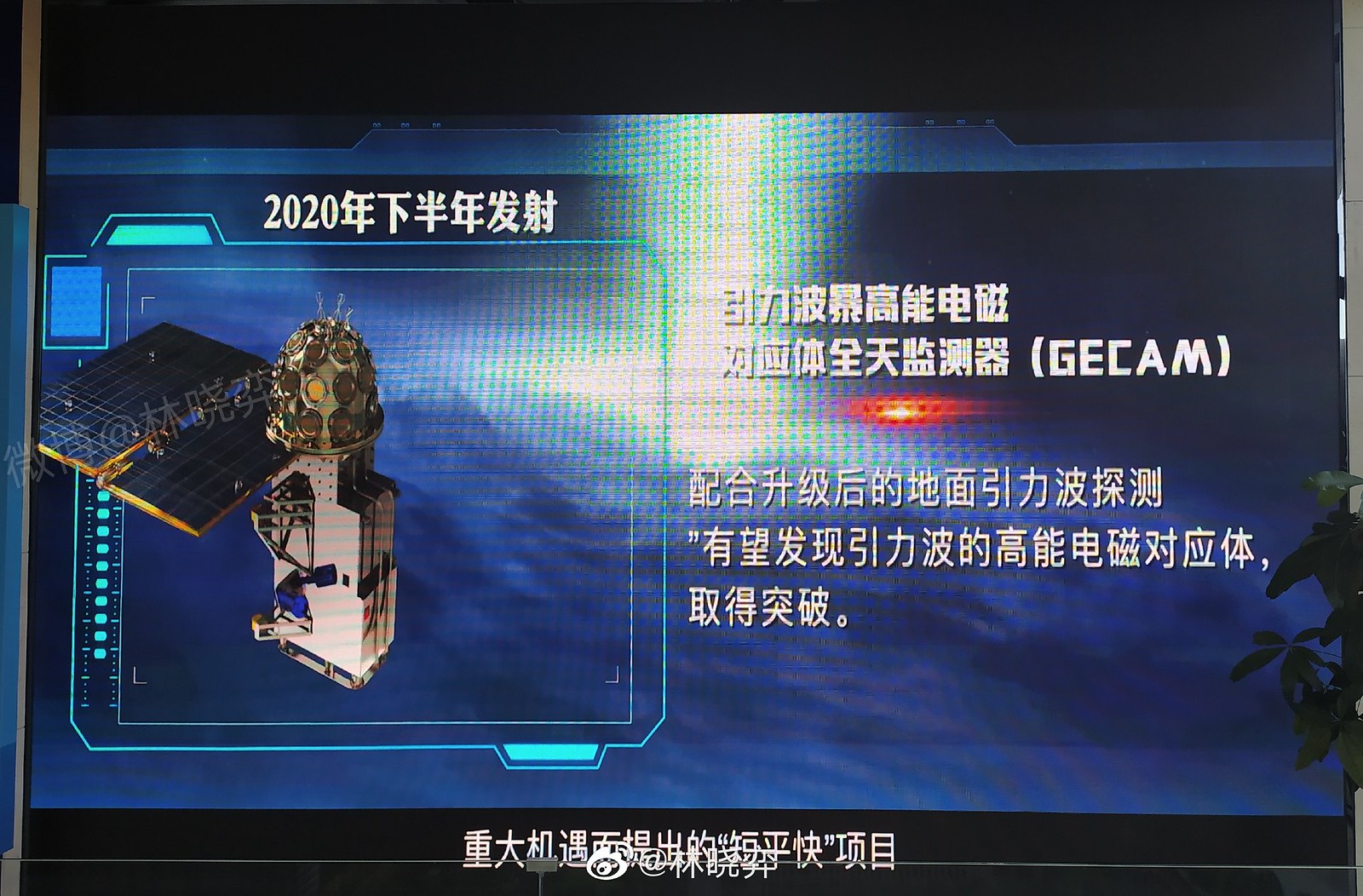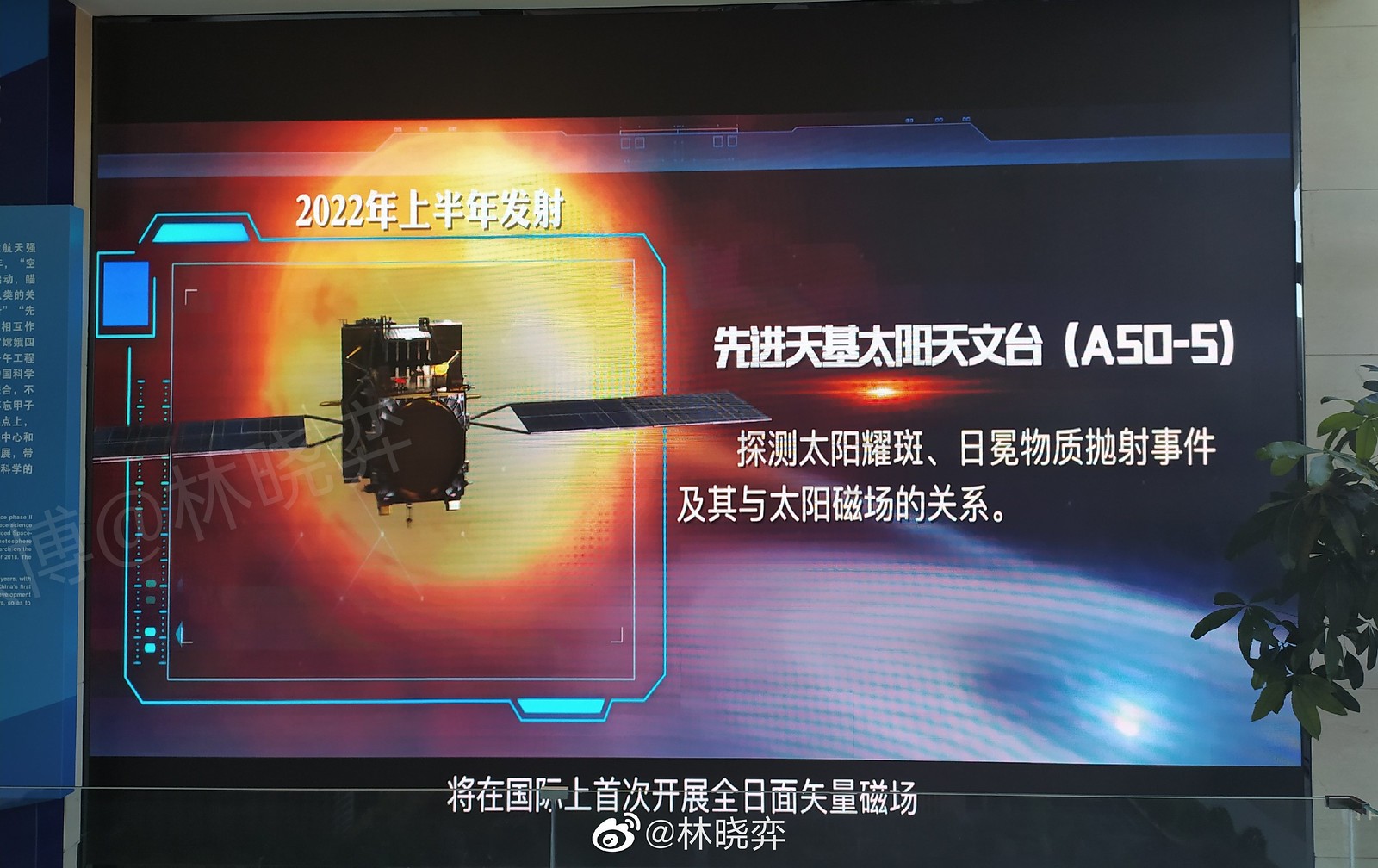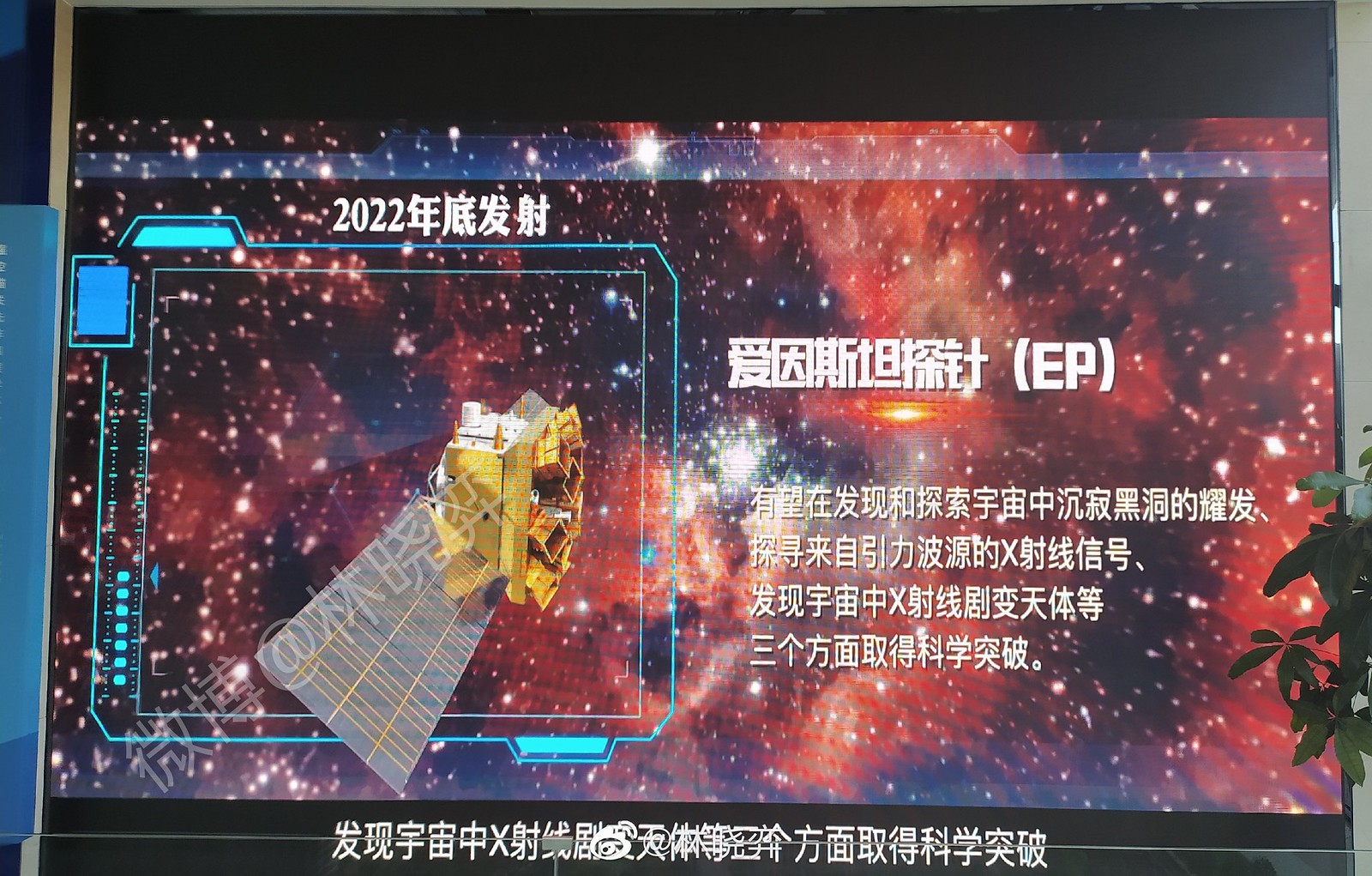You forgot
USA: Falcon Heavy (partially reusable)
USA: SpaceX Starship (fully reusable)
Both of these are super heavy lift launchers in the same class as the Saturn V/N1/SLS.
If all goes according to plan by 2030 China will have an expendable super heavy lift launcher but the US will have already have had partially/fully reusable super heavy lift launchers for years. China will only (presumably) start working on it at that point.
As far as cost, it is not only commercial tourism where cost matters.
Government agencies also face a budget and countries cannot afford to spend unlimited amounts on space projects, especially a developing country like China with many people still living in relative poverty. The LM-9 will be an extremely expensive rocket, to say the least.
Starship is realistically years and years away from even initial trials. Get real. Falcon Heavy doesn't match Saturn V or the proposed LM-9 lifting capacity but it is certainly the most impressive by far at the moment of in-service vehicles. You're talking like the Starship is already a proven piece of hardware when it has barely left the drawing board. BTW those test rigs are mockups built to simulate certain things and not even close to being a completed module. In fact even the design is still being worked on.
LM-9 is designed for 140T to LEO while Falcon Heavy is 64T to LEO. Starship is designed for over 100T to LEO. The difference between LM-9's design objectives and Falcon Heavy is greater than current LM-5 with Falcon Heavy. They are not quite in the same class despite all being consider super heavy lifters.
So the LM-9 may come into service around the same timeframe of Starship and the two are aimed at slightly different roles. Starship seems to be more manned spaceflight and totally reusable focused (cutting into fuel and payload limits because of reusability) and LM-9 is purely to get maximum payload weights off the ground for space station building and lunar base ambitions.
The question with reusability is truly one of economics first as difficult as the technology is. For LM-9's purposes, reusability isn't as important because it means you need to carry more fuel and have less thrust/weight and volume for payloads if all factors are equal. It is however quite useful for satellite launching especially if you need to launch a lot.
So the question becomes can I build one time use boosters and engines faster and cheaper than if I built reusable boosters. The engine saving is huge but the engineering quality of those boosters and engines will also have to improve quite substantially I would imagine for CNSA's contractors. Since they've always been designed for one time use, I doubt these materials and designs are ready to take those stresses without huge redesigns and manufacturing overhauls. The economics for SpaceX is going to be very different for CNSA - materials, fuel, labour costs etc.
Starship is technologically awe inspiring but it can also be considered slightly less practical for the state's purposes and space ambitions. Starship is Musk's dream of putting humans on mars and creating greater commercial, manned accessibility to space, the moon, and mars. He needs to make launches more economical and reusability also creates economies of scale as each produced unit continues to serve. Plus reusability for Starship is revolutionary and so attracts a lot of positive attention for SpaceX and investors. It'll be like the Apollo landers, rover, and Saturn V lifter all into one modernised package.
CNSA wants to deliver maximum payload without that whole ambience. They may be super heavy lifters of the same class but their designs and missions do differ. So I doubt LM-9 will ever be redesigned, at most possibly for reusable boosters but even then it's a question of economics first and then technology which none of the CNSA contractors are currently developing as far as we know. Probably because their mission profiles - space station and lunar base, do not align with the economics side. These are not going to be frequent enough to warrant reusable boosters I don't think. Plus you're risking very rare and valuable payloads with older used engines. If they install fresh and only tested engines to the boosters, then it's even less economical.
Chinese private space companies are looking into reusable though because they will likely carry much of the satellite launching operation for China and foreign customers in the future. They anticipate huge numbers of satellite launch jobs and the market is growing. The economics may work in favour of reusable here given the relative commonality of jobs and their frequency. Guess where SpaceX got the determination to develop reusable for? Exactly this market. The same one where Chinese private companies are looking at reusable. It's certainly not that useful for the once every few years mars mission unless you already developed the core technology for it and it's a big part of your investor driven business image. CNSA and SpaceX have very different "business" models even though some ambitions overlap.
CNSA would much rather have SpaceX's ability to design and produce those super impressive thrust, pressure, and impulse rating engines than it would want reusable boosters simply because the former is far more useful for what the CNSA is building towards than saving some pocket change for not needing to build new boosters every year or so, whenever those missions take place. BTW you're wrong about LM-9 being expensive. Yeah it's expensive the same way any public project is nominally expensive. The cost of the vehicle itself is less than pocket change made back literally in minutes of national GDP. Particularly if the LM-9s in question are put towards worthy tasks like space stations, heavy/multiple satellites, and lunar base building.





